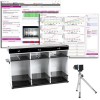Authors
N. Narboux-Nême, C. Sagné, S. Doly, S. Diaz, C. Martin et al.
Lab
INSERM, UMR-S 839, Institut du Fer à Moulin, Paris, France.
Journal
Neuropsychopharmacology
Abstract
The vesicular monoamine transporter type 2 gene (VMAT2) has a crucial role in the storage and synaptic release of all monoamines, including serotonin (5-HT). To evaluate the specific role of VMAT2 in 5-HT neurons, we produced a conditional ablation of VMAT2 under control of the serotonin transporter (slc6a4) promoter. VMAT2(sert-cre) mice showed a major (-95%) depletion of 5-HT levels in the brain with no major alterations in other monoamines. Raphe neurons contained no 5-HT immunoreactivity in VMAT2(sert-cre) mice but developed normal innervations, as assessed by both tryptophan hydroxylase 2 and 5-HT transporter labeling. Increased 5-HT(1A) autoreceptor coupling to G protein, as assessed with agonist-stimulated [(35)S]GTP-_-S binding, was observed in the raphe area, indicating an adaptive change to reduced 5-HT transmission. Behavioral evaluation in adult VMAT2(sert-cre) mice showed an increase in escape-like reactions in response to tail suspension and anxiolytic-like response in the novelty-suppressed feeding test. In an aversive ultrasound-induced defense paradigm, VMAT2(sert-cre) mice displayed a major increase in escape-like behaviors. Wild-type-like defense phenotype could be rescued by replenishing intracellular 5-HT stores with chronic pargyline (a monoamine oxidase inhibitor) treatment. Pargyline also allowed some form of 5-HT release, although in reduced amounts, in synaptosomes from VMAT2(sert-cre) mouse brain. These findings are coherent with the notion that 5-HT has an important role in anxiety, and provide new insights into the role of endogenous 5-HT in defense behaviors.
BIOSEB Instruments Used:
Tail Suspension Test - Wireless (BIO-TST5)

 Pain - Thermal Allodynia / Hyperalgesia
Pain - Thermal Allodynia / Hyperalgesia Pain - Spontaneous Pain - Postural Deficit
Pain - Spontaneous Pain - Postural Deficit Pain - Mechanical Allodynia / Hyperalgesia
Pain - Mechanical Allodynia / Hyperalgesia Learning/Memory - Attention - Addiction
Learning/Memory - Attention - Addiction Physiology & Respiratory Research
Physiology & Respiratory Research




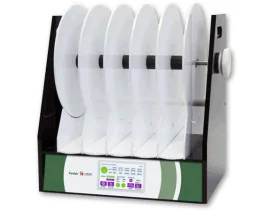



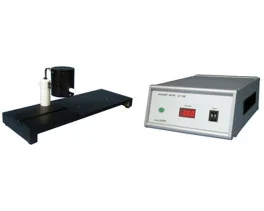



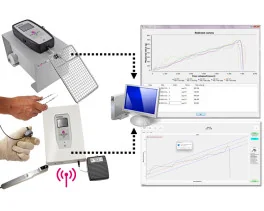






















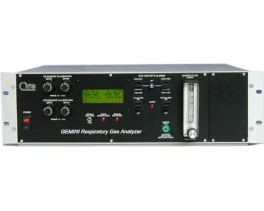
 Pain
Pain Central Nervous System (CNS)
Central Nervous System (CNS) Neurodegeneration
Neurodegeneration Sensory system
Sensory system Motor control
Motor control Mood Disorders
Mood Disorders Other disorders
Other disorders Muscular system
Muscular system Joints
Joints Metabolism
Metabolism Cross-disciplinary subjects
Cross-disciplinary subjects CONFERENCES & MEETINGS
CONFERENCES & MEETINGS 